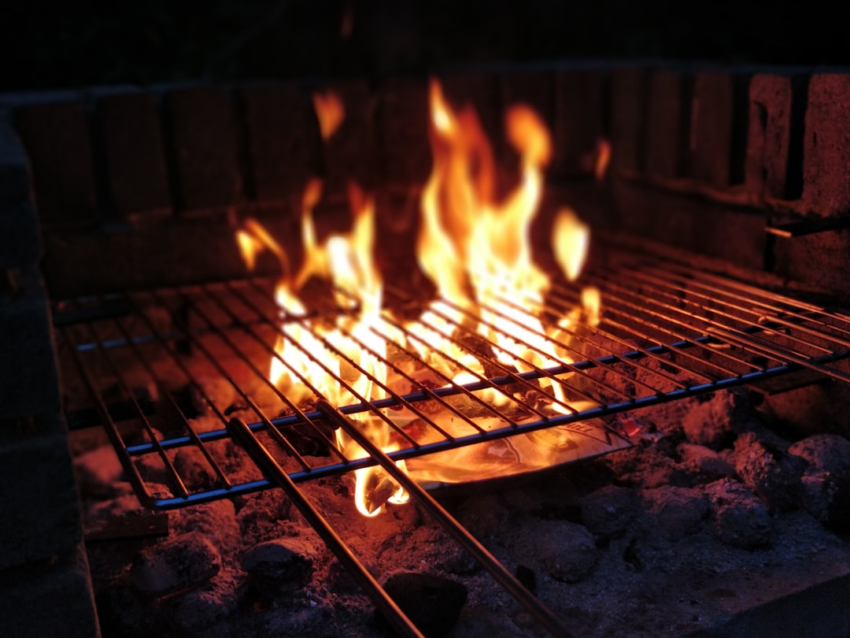Selecting the right cut of baby back ribs with balanced meat and fat is key for a tender BBQ beef ribs recipe. Dry brining with salt and spices enhances flavor and tenderness. Crafting a personalized spice rub with salt, pepper, paprika, garlic powder, brown sugar, and chili adds depth. Slow cooking at low temperatures, 8-12 hours, yields melt-in-your-mouth ribs. Smoking with hickory, mesquite, or applewood wood chips infuses rich flavors. Check for doneness after 8-12 hours; avoid overcooking. Sauces and garnishes like herbs, coleslaw, or beans elevate the BBQ beef ribs recipe experience.
“Unleash the tender, juicy magic of slow-cooked BBQ beef ribs! This ultimate guide takes you on a journey from selecting the perfect cut to mastering the art of low and slow cooking. Learn the secrets of dry brining for maximum flavor, crafting your signature spice rub, and judging rib tenderness perfectly. With smoking techniques and finishing touches, elevate your BBQ game with this step-by-step recipe for delicious, fall-off-the-bone ribs.”
- Selecting the Perfect Cut for Tender Ribs
- Dry Brining: A Key Step for Flavor
- Spice Rub: Crafting Your Ideal Blend
- Low and Slow Cooking: The Method Unveiled
- Smoking Techniques for Extra Flavor
- Judging Doneness: Ensuring Rib Tenderness
- Finishing Touches: Sauces and Garnishes
Selecting the Perfect Cut for Tender Ribs
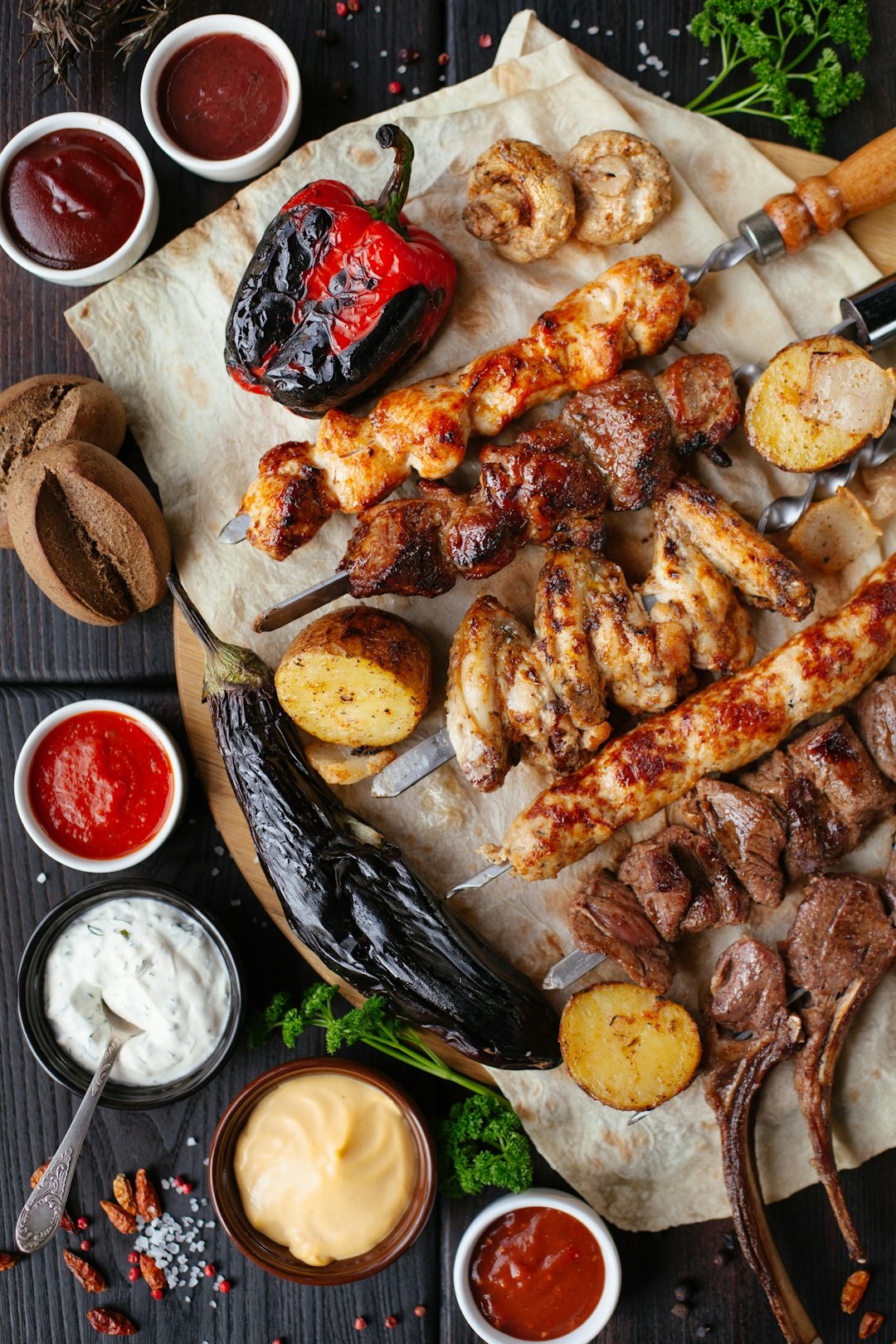
When it comes to achieving tender, succulent BBQ beef ribs, selecting the right cut is half the battle won. The most popular choice for slow-cooking is the baby back rib, known for its meaty portion and relatively less bone content compared to other cuts. This makes them easier to cook evenly, ensuring each bite is packed with flavor. Look for ribs with a good balance of meat and fat, as this will help keep them moist during the low and slow cooking process.
A key characteristic to consider is the “end cut” or the section at the very end of the rack. This part tends to be more tender due to its higher fat content and less dense muscle tissue. Many BBQ enthusiasts advocate for this specific cut, making it an excellent choice for a delicious BBQ beef ribs recipe that will have your family and friends licking their bones clean.
Dry Brining: A Key Step for Flavor
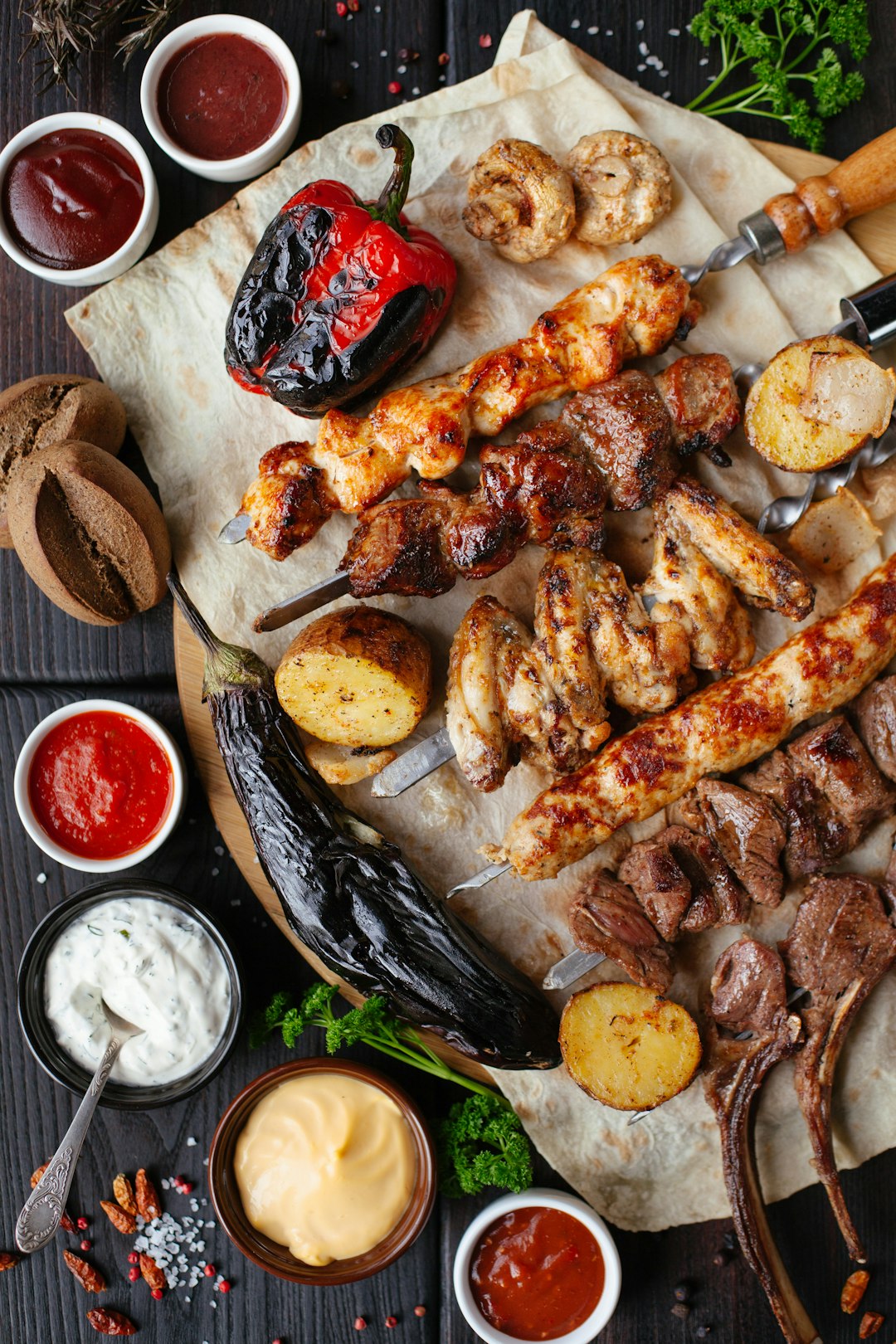
Dry brining is a crucial step in achieving tender, flavorful BBQ beef ribs. Unlike wet brining, which involves submerging meat in a salt solution for several days, dry brining uses a coarse salt rub to draw out moisture from the surface of the ribs. This process intensifies the natural flavors of the meat and helps break down connective tissues, making the ribs incredibly tender when cooked low and slow.
When preparing your BBQ beef ribs recipe, use a generous amount of coarsely ground salt, pepper, and other spices to create a robust rub. Apply this directly to the ribs, ensuring every inch is coated. This simple step will not only enhance the taste but also act as a barrier, keeping the meat moist during the lengthy cooking process.
Spice Rub: Crafting Your Ideal Blend
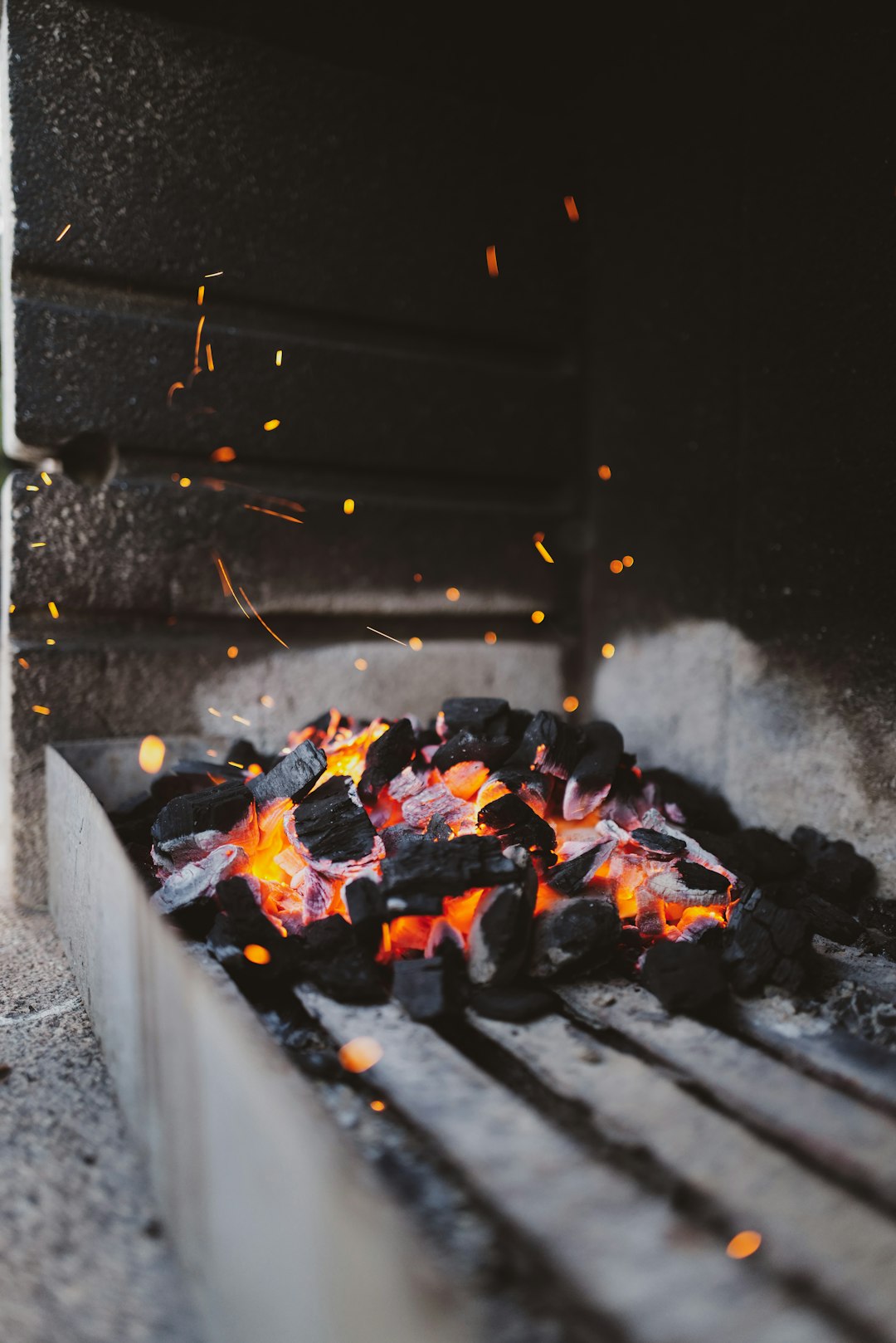
Creating the perfect spice rub for your low and slow BBQ beef ribs is an art that can elevate your meal to new heights. The key is to strike a balance between bold, smoky flavors and tenderizing agents that will break down the tough collagen in the ribs over time. Start with a base of salt and pepper, as these are essential for drawing out juices and adding depth of flavor. Then, incorporate ingredients like paprika, garlic powder, onion powder, and chili powder for heat and smokiness. Consider adding brown sugar or molasses to balance the spices and add a touch of sweetness that will help caramelize and glisten your ribs during the long cook. Adjusting the spice levels according to personal preference is crucial; whether you favor a mild, medium, or hot rub, tailor the recipe to your taste buds. Experimentation is key, so don’t be afraid to mix and match until you find the blend that makes your mouth water.
Low and Slow Cooking: The Method Unveiled

Low and slow cooking is a method that has revolutionized the world of BBQ, especially for tenderizing meaty cuts like beef ribs. This technique involves cooking meat at low temperatures for an extended period, allowing it to break down collagen and transform into delectable, melt-in-your-mouth tenderness. For a perfect BBQ beef ribs recipe, this approach is unparalleled.
By using a slow cooker or an oven set to low heat, you can gently coax out the flavors locked within the ribs over several hours. The process is simple yet meticulous; it requires patience as the meat slowly softens and the flavors meld together, resulting in a mouthwatering dish that is sure to impress any barbecue lover.
Smoking Techniques for Extra Flavor

Smoking is a key technique in taking your BBQ beef ribs recipe to the next level. By slowly cooking ribs at low temperatures, you can infuse them with a deep, rich flavor that’s hard to achieve through other methods. The process involves using a smoker, which maintains consistent heat and moisture, allowing the meat to break down and become incredibly tender.
Choose your favorite wood chips or chunks—hickory, mesquite, or applewood are popular choices—to add aromatic smoke flavors. These natural ingredients not only enhance the taste but also contribute to the distinctive charred, smoky aroma that’s characteristic of BBQ ribs. Whether you’re a seasoned smoker or just starting out, this technique is sure to elevate your beef ribs recipe and impress your taste buds.
Judging Doneness: Ensuring Rib Tenderness
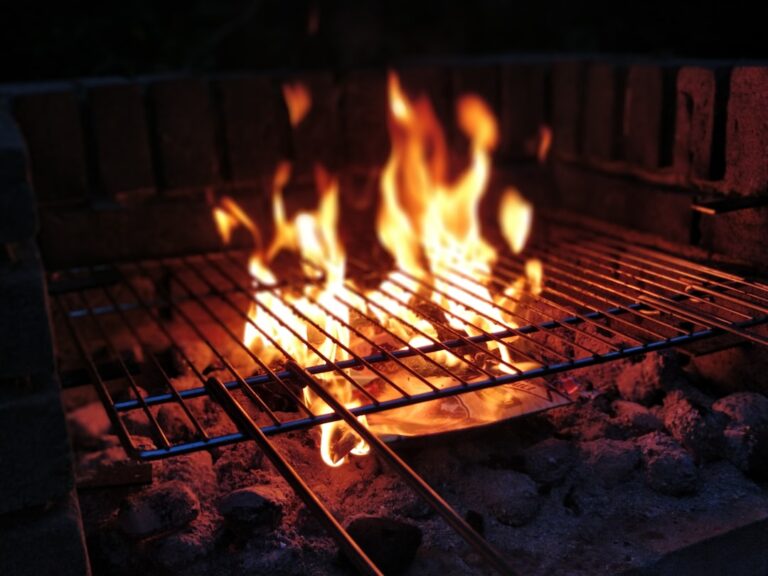
Determining the perfect doneness for your low and slow BBQ beef ribs is an art, but with practice, it becomes a precise science. The key to achieving tender ribs lies in understanding that slow cooking breaks down collagen, transforming it into gelatin, which makes the ribs melt-in-your-mouth delicious.
Visual cues and touch are reliable ways to judge rib doneness. After about 8–12 hours of slow cooking, gently pull on a rib; if it starts to separate from the bone easily, it’s ready. The meat should be tender enough to slide off the bone in large chunks but still hold its shape. Always remember, overcooking can dry out your ribs, so keeping an eye on them is essential to achieving that ideal, succulent texture.
Finishing Touches: Sauces and Garnishes
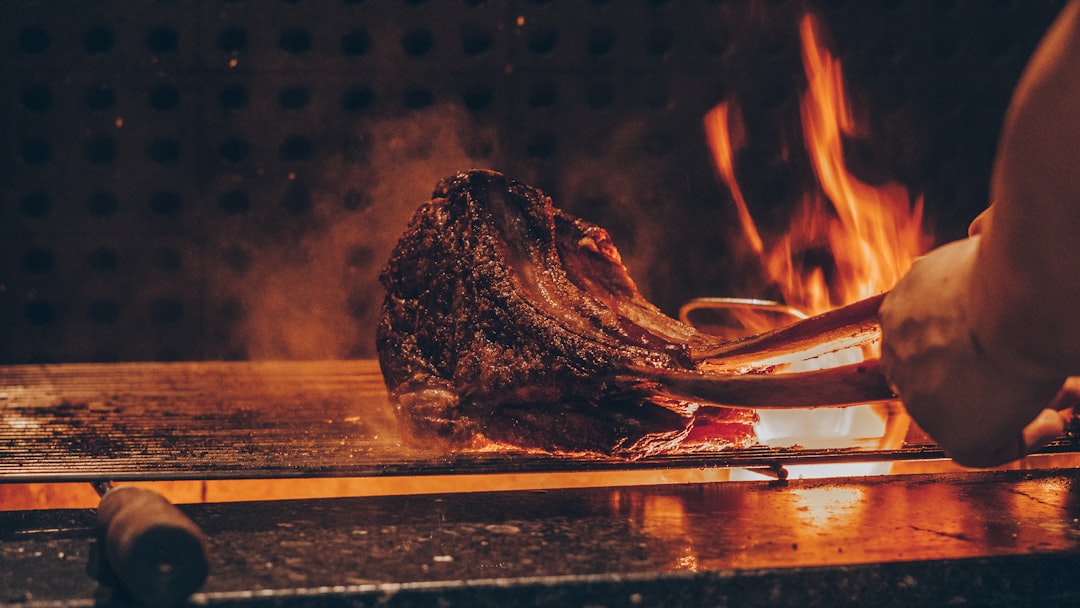
When it comes to finishing your low and slow BBQ beef ribs, sauces and garnishes play a pivotal role in enhancing the overall flavor profile. After spending hours cooking your ribs to perfection, taking the time to add a delicious sauce can truly elevate your dish. Opt for classic barbecue sauces with their sweet and tangy notes, or explore more complex options infused with smokiness and heat. A simple brush of sauce during the last 15 minutes of cooking can create a deep, caramelized layer that coats each rib perfectly.
Garnishes offer another layer of delight. Fresh herbs like parsley or cilantro can add a burst of freshness, while crushed red pepper flakes bring an extra kick. For a more traditional touch, serve your ribs with coleslaw or baked beans on the side. These accompaniments not only complement the rich, tender meat but also provide a well-rounded dining experience for your BBQ beef ribs recipe.
